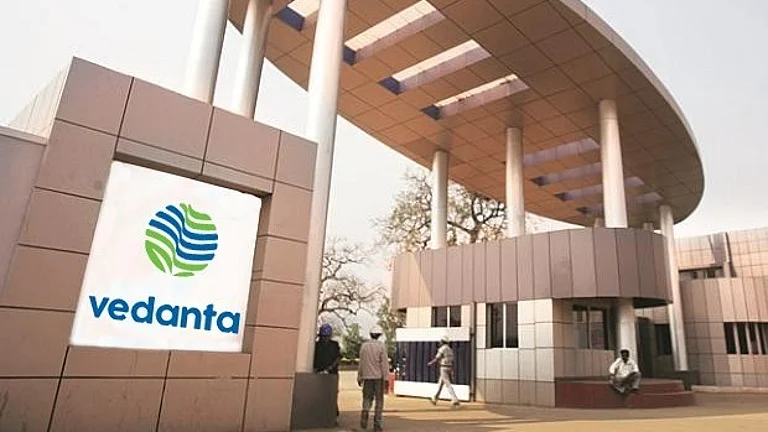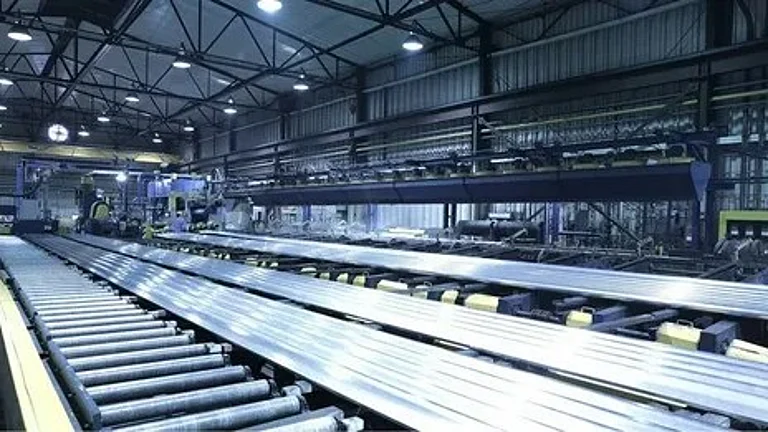The 1919 massacre of several hundred unarmed Indians by the British at Jallianwala Bagh in Amritsar in Punjab is a well-documented and well-read event in the history of India’s independence struggle. But there is an older, equally gruesome, event that few know of and even fewer talk about.
In 1857, a massacre took place in the Ajnala village, which lies about 26 kilometres north of Amritsar towards the Pakistan border. The British killed 282 Indian soldiers here. For a long time, this episode was considered a fictitious tale, until local historian Surinder Kochhar, 50, got interested in it. Convinced that it was not just a tale, he took it upon himself to unearth the truth, literally and figuratively.
Thanks to his relentless efforts, skeletal remains of the soldiers were discovered from a well under a gurudwara in Ajnala in 2014. In April this year, a genetic study of the 160-year-old human skeletons, for the first time, presented scientific evidence and confirmed that these human remains belonged to residents of the Gangetic plain region. Published in the journal Frontiers in Genetics, the forensic study vindicated Kochhar’s almost 20 years of hard work. “Preliminary findings have supported the hypothesis that the remains belong to the mid-19th century...” the study says, later adding, “If reviewed in light of the findings of this study, the historical data and literature will further corroborate the incidence of this massacre and add another chapter in the annals of Indian history...”
Turning Pages of History
Kochhar’s involvement with the martyrs of Ajnala began when, while studying articles and books on India’s national movement, he stumbled upon a book in 2003 titled Crisis in Punjab, written by Frederick Henry Cooper, the deputy commissioner of Amritsar in 1857. Cooper, who had led the massacre, had written the book apparently to eulogise his barbaric act of torturing 282 soldiers to death and disposing of them, both dead and alive, in a well in Ajnala. While many took the book as a piece of fiction, Kochhar sensed that Cooper’s boastful description was an untold story of freedom fighters who had been killed brutally. Pieces of evidence started adding up. Soon, Kochhar was convinced that such a mass killing had indeed taken place and the graveyard—the well—did exist somewhere.

Historical documents, literary works and physical evidence gathered by him had earlier established that the sepoys of the 26th Native Bengal Infantry Battalion of the British Indian Army posted at Mian Meer, now in Pakistan, had revolted against the British in 1857 and killed its officers. They then headed towards Delhi but were captured by the British army near Ajnala and executed savagely.
Kochhar looked for relevant documents, articles and literature to verify the claims made by Cooper. “I came across the interview of an eyewitness named Baba Jagat Singh. He was present at the site when the incident took place in 1857. His version had been published in a magazine printed from Allahabad in 1920,” the historian says.
The Well of the Dead
In 2014, based on all the documentary evidence, Kochhar managed to find the well where the bodies of the soldiers had been dumped. Digging it up would lay to rest all speculations. But therein lay the challenge. A gurudwara had come up right above the well.
“It took me a lot of time to convince the gurudwara committee about the existence of a well right under the spot where the Guru Granth Sahib had been placed,” Kochhar says. He pleaded with them to agree for partial excavation and promised to drop his research if he was proved wrong. Initial excavations confirmed his claim—there indeed was a well—and it was time now to take the exercise further and carry out proper excavation.
Any expectation that he might have had of his discovery giving some credence to his theory and motivating people to support him in his research was soon crushed by disinterest from every quarter. No expert from the Archaeological Survey of India or the state archaeology department turned up, he claims.
He says that he wrote to everyone, including the Prime Minister’s Office, the state government and all relevant authorities, but no one responded. “The only help that I got was from the Indian Army, which agreed to remain present at the site on the day of the excavation for security reasons,” Kochhar recalls.
Eventually, on February 28, 2014, he started excavation with the help of locals. What followed left everyone shocked. Cooper’s was not a fictional tale. There were skulls, skeletons, personal belongings, medals and coins among other items. Some of the skeletons were upright, suggesting that these soldiers had been buried alive and had struggled to come out.
“Surinder Kochhar’s work is historic and unbelievable,” says Gyaneshwer Chaubey, a professor at the Department of Zoology, Banaras Hindu University, who played a crucial role in the DNA study of the skeletons. “The findings of this study will add a significant chapter in the history of unsung heroes of India’s first freedom struggle,” he adds.
After the discovery, the state government set up a committee of scholars from Punjab University and Guru Nanak Dev University to look into the matter. But even then, nobody seemed to share Kochhar’s excitement. Despite the formation of the committee, there was no urgency to preserve over 9,000 pieces of skeletal remains and 282 skulls of martyrs, he claims, adding that the remains lay in the open for more than a month. Over a month later, Punjab University finally took the samples for the study. Kochhar took the rest of the remains to Haridwar for the final rites.
The truth about Ajnala may be out, but Kochhar’s fight is on—now to get the martyrs their due recognition. The genetic evidence found earlier this year might make things move faster, he hopes.





























